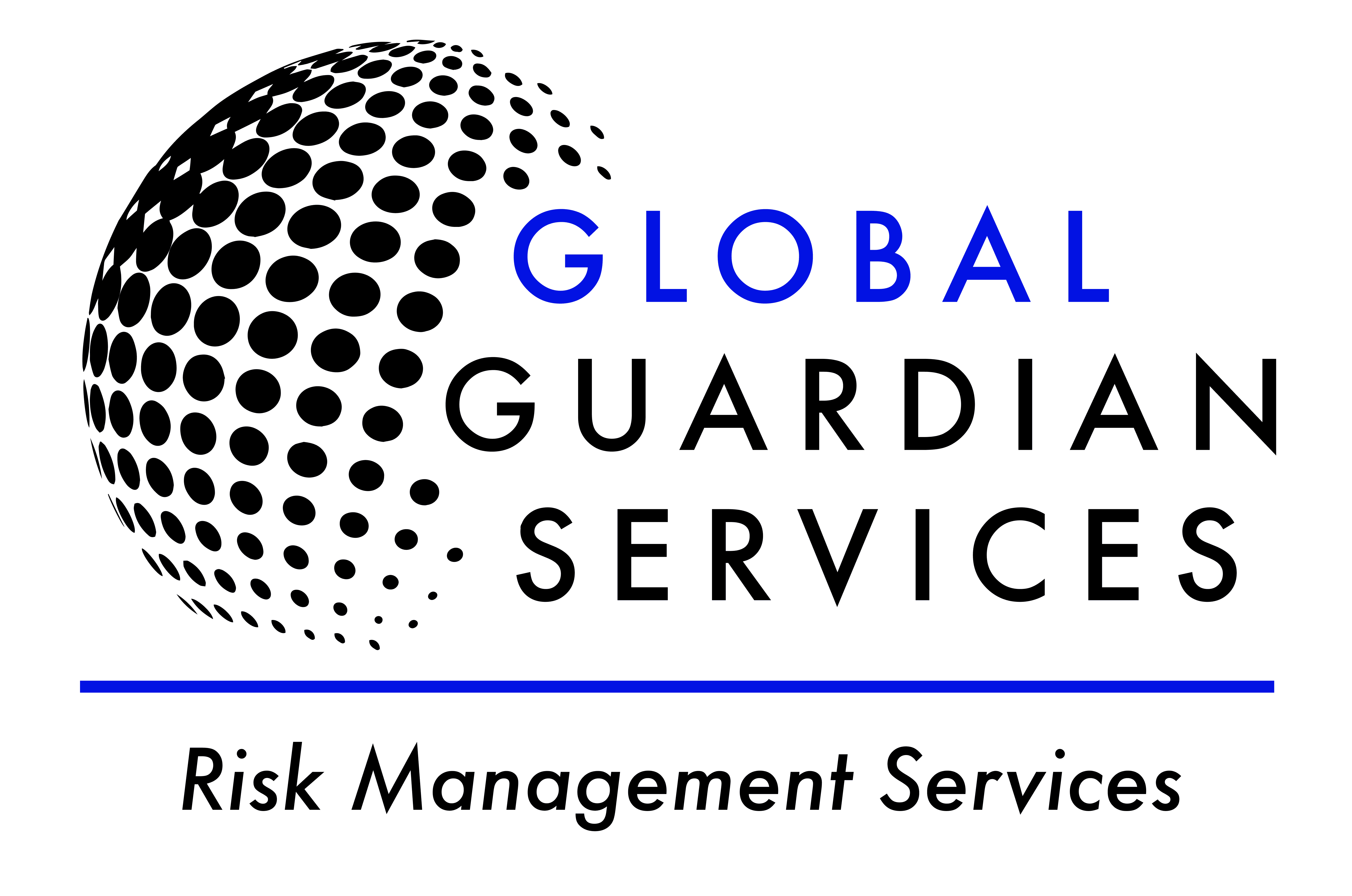 https://www.globalguardianservices.com/wp-content/uploads/2025/06/What-Is-Claims-Administration_-A-Simple-Guide-for-Risk-Managers.jpg
1250
2000
Abstrakt Marketing
/wp-content/uploads/2025/01/GGS_BLUE.png
Abstrakt Marketing2025-06-25 05:29:562025-08-01 09:16:12What Is Claims Administration? A Simple Guide for Risk Managers
https://www.globalguardianservices.com/wp-content/uploads/2025/06/What-Is-Claims-Administration_-A-Simple-Guide-for-Risk-Managers.jpg
1250
2000
Abstrakt Marketing
/wp-content/uploads/2025/01/GGS_BLUE.png
Abstrakt Marketing2025-06-25 05:29:562025-08-01 09:16:12What Is Claims Administration? A Simple Guide for Risk ManagersTop Challenges That Catastrophe Claims Response Teams Face
When large-scale disasters strike, insurance carriers must shift into high gear—fast. From hurricanes and wildfires to floods and ice storms, catastrophic events test every layer of a claims operation. It’s not just about volume but speed, accuracy, capacity, and coordination. Unfortunately, many in-house teams discover their limitations only after a surge hits.
In this guide, we’ll walk through the most common breakdown points during a catastrophe claims response and explain why even well-run departments can falter under the unique pressures of a large-scale event. More importantly, we’ll explore how specialized support—like the team at Global Guardian Services—can help you strengthen your readiness before the next surge hits.
Understanding the Pressure Behind Catastrophe Claims Response
Catastrophic (CAT) events introduce a level of disruption and urgency that standard workflows simply aren’t designed to handle. The pressure comes not just from the volume of claims but from the speed, severity, and unpredictability of the event itself.
Surges Strain Even the Most Prepared Teams
A single hurricane can generate tens of thousands of claims across a concentrated area in less than 48 hours. A wildfire may destroy entire neighborhoods in one weekend. These events cause a spike in activity so intense that internal resources—no matter how strong—can quickly reach capacity.
Even large insurers with adjusters across the country often discover that their coverage is distributed, not localized. During a surge, they don’t just need people—they need the right people in the right place at the right time, with the right licenses to act.
Policyholder Expectations Are Higher Than Ever
Speed isn’t just operationally important. It’s tied directly to the policyholder experience. People filing catastrophe claims are often in distress, having lost homes, vehicles, or livelihoods. They expect fast answers, clear communication, and a sense of control. If their claim sits in limbo or they don’t hear back promptly, dissatisfaction rises quickly, and so does reputational risk for the carrier.
Today’s policyholders are informed and connected. They’re more likely to leave reviews, escalate complaints, or switch providers after a poor claims experience. For carriers, the stakes are higher than ever.
Capacity Limitations Are the Biggest Barrier to Effective Response
One of the most consistent themes across CAT responses is the inability to scale fast enough. Surge capacity goes beyond just numbers. It requires having the right infrastructure, licenses, and workflows in place to meet demand without sacrificing quality.
The Localized Nature of Disaster Claims
Catastrophic events are often geographically concentrated. An ice storm might hit only three counties. A hurricane might devastate one coast. That means insurers need adjusters who are not only available, but also licensed and located in those specific areas.
If an adjuster needs to travel or isn’t licensed in the impacted state, precious time is lost. And during CAT events, delays compound quickly. That’s why localized deployment is critical, and why many internal teams fall short without third-party support.
Backlogs Lead to Delayed Resolutions
When adjusters are stretched too thin, field inspections get delayed. When inspections are delayed, reporting stalls. When reports stall, the insured wait longer for resolution, temporary housing, or business recovery. What starts as a manageable delay can snowball into weeks of frustration, escalating costs, and eroded policyholder trust.
Backlogs don’t just hurt customer satisfaction. They affect reserves, vendor coordination, and your ability to close the event confidently and compliantly.
Claims Systems Often Break Down Under Pressure
Technology is supposed to streamline claims processing, but under CAT pressure, even the most robust systems can buckle.
Why Claims Systems Fail in CAT Scenarios
During a catastrophic event, systems can be overloaded with claim intake, adjuster uploads, and internal coordination. Legacy platforms may not be built for this kind of scale or concurrency. Field and desk teams may use different tools that don’t sync properly, creating blind spots.
Data entry errors multiply. Loss documentation becomes fragmented. And claims leaders struggle to get an accurate, real-time view of what’s happening on the ground.
Manual Workarounds Create Compliance and Reporting Gaps
When systems can’t keep up, teams often default to manual processes, such as spreadsheet tracking, off-system communication, and hand-written notes. While well-intentioned, these workarounds increase the risk of lost documentation, inconsistent reporting, and regulatory missteps.
In a CAT event, compliance matters. If photos are missing, statements are vague, or notes are hard to decipher, you increase your exposure, not just to errors, but to legal action.
When catastrophe strikes, your team needs more than capacity—it needs proven infrastructure and support. Global Guardian Services delivers licensed adjusters, real-time reporting, and full-service CAT claims management that scales with your needs. Learn how our disaster-ready solutions can strengthen your next surge response.
Field Team Gaps Limit Accuracy and Accountability
The field is where claims begin, and during catastrophe events, it’s often where things go wrong if teams aren’t trained, supervised, and supported properly.
Inexperienced Adjusters Increase Risk
To meet surge demand, some carriers bring in temporary or out-of-practice adjusters. These individuals may not be familiar with the carrier’s process, may lack specific catastrophe training, or may struggle to document losses accurately.
The result? Misjudged valuations, missed subrogation opportunities, or claims that don’t stand up to audit or litigation. A single error can cost thousands or even trigger a class action.
Limited Oversight Slows High-Volume Claims Processing
During a surge, field teams often expand faster than the managers who oversee them. Without proper supervision, adjuster performance varies widely, errors go unchecked, and cycle times suffer. Worse, these inconsistencies create a lack of trust, both internally and with policyholders.
That’s why experienced surge partners prioritize oversight and quality control, even when things move fast.
Communication Breakdowns Undermine Progress
Communication is central to efficient claims management during a catastrophe.
Disconnected Teams Create File Silos
When field teams, desk adjusters, and triage support don’t communicate well, critical information gets lost. Adjuster notes may not reach the desk team in time. Policyholder questions may go unanswered. Subrogation opportunities may be missed.
Policyholders Left in the Dark
Nothing frustrates a policyholder more than silence. Yet during surge events, that’s often what they experience—radio silence while waiting for next steps, wondering if their claim is being handled.
This lack of communication leads to complaints, escalations, and even legal threats. It’s not just a PR issue—it’s an operational risk.
These gaps increase friction and reduce your ability to make quick, informed decisions. In the chaos of a catastrophe, even a small miscommunication can have outsized consequences.
Compliance and Documentation Don’t Always Scale
Catastrophic events don’t lower the bar for documentation. In fact, they raise it. More scrutiny, more regulatory oversight, and more legal risk.
Sloppy Reporting Increases Legal Exposure
Missing photos, vague descriptions, or contradictory statements all weaken your defense if a claim goes to arbitration or court. In complex commercial or multi-unit property losses, the documentation must be watertight.
CAT events don’t offer grace periods for mistakes. Every file still needs to be defensible and compliant.
Regulatory Standards Still Apply Even in Emergencies
State and federal regulators don’t waive documentation requirements during a disaster. Insurers and TPAs are still expected to meet the same standards. Failure to do so can lead to fines, license issues, or reputational damage.
This is where structure matters. Processes must be built to scale without sacrificing quality.
How Specialized Partners Strengthen Catastrophe Claims Response
The good news? You don’t have to face all this alone. With the right partner, you can scale fast, stay compliant, and maintain operational control—even during the most intense surge events.
On-Demand Capacity With Local Licensure
At Global Guardian Services, we deploy catastrophe-ready adjusters who are licensed in your impacted areas and ready to mobilize. That means no time lost to travel or red tape, just fast, effective field coverage when and where you need it most.
Our national network allows us to scale with your needs without compromising quality.
Seamless Integration With Your Claims Process
We don’t replace your team. We work within your systems. Our catastrophe claims response teams integrate directly with your platforms and workflows, ensuring consistency from FNOL to resolution.
This means fewer handoff errors, cleaner documentation, and a better experience for everyone involved.
Full-Service Support From FNOL to Resolution
Our CAT response offering goes beyond field adjusting. We provide 24/7 FNOL intake, triage support, appraisal coordination, subrogation flagging, and reporting tools, all backed by our centralized command and oversight structure.
The result? Faster cycle times, lower rework rates, and greater visibility across your operation.
Partner With GGS Before the Next Surge Hits
When the next hurricane, wildfire, or flood hits, will your claims operation be ready? Catastrophe claims response is about more than scale—it’s about structure, speed, and trust. At Global Guardian Services, we help you stay ahead of the pressure with infrastructure that’s built for surge events.
Our disaster-ready teams deploy quickly with licensed adjusters, real-time reporting, and seamless integration into your existing claims platform. We don’t just support the field—we strengthen your entire operation with 24/7 FNOL intake, overflow call handling, and centralized customer service support to keep policyholders informed and engaged.
Need help flagging questionable claims in a high-volume environment? Our internal fraud investigation division, GGS Optima SIU, works alongside your team to detect, document, and escalate potential fraud before it impacts your bottom line.
From triage and field adjusting to subrogation and compliance, GGS provides full-service catastrophe claims support that flexes with your volume while protecting your reputation. Let’s talk before the next CAT season arrives—because your team shouldn’t have to weather the storm alone. And with GGS, it won’t have to.
Share This Post
More Like This
 https://www.globalguardianservices.com/wp-content/uploads/2025/06/What-Is-Claims-Administration_-A-Simple-Guide-for-Risk-Managers.jpg
1250
2000
Abstrakt Marketing
/wp-content/uploads/2025/01/GGS_BLUE.png
Abstrakt Marketing2025-06-25 05:29:562025-08-01 09:16:12What Is Claims Administration? A Simple Guide for Risk Managers
https://www.globalguardianservices.com/wp-content/uploads/2025/06/What-Is-Claims-Administration_-A-Simple-Guide-for-Risk-Managers.jpg
1250
2000
Abstrakt Marketing
/wp-content/uploads/2025/01/GGS_BLUE.png
Abstrakt Marketing2025-06-25 05:29:562025-08-01 09:16:12What Is Claims Administration? A Simple Guide for Risk Managers
How Efficient Claims Administration Improves Customer Satisfaction and Retention
Claims Administration
What We Do
Contact Us
Los Angeles Office:
9229 Wilshire Blvd, Suite 200, Beverly Hills, CA, 90210
New York Office:
16 Fair St, Carmel, NY 10512
